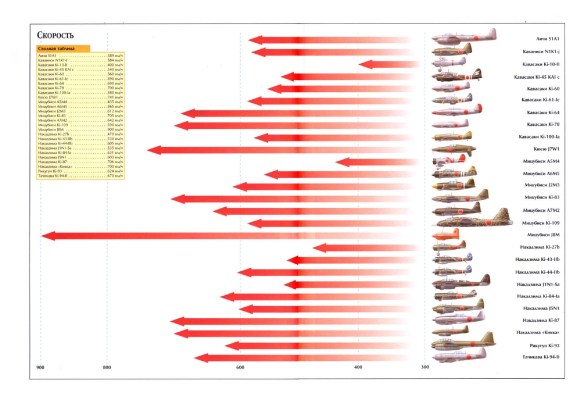
Japanese Fighters
All English-language names for Japanese fighters derived from Western Allied identification codes, in which male names were given to enemy fighters and female names to Japanese bombers. The Japanese Naval Air Force (JNAF) Zero, or Mitsubishi A6M “Reisen” (Zero-Sen), was the best fighter available in the Pacific in 1941. It was lighter, faster, and more maneuverable than American land-based aircraft. It also had a much greater range and more nimble handling than any U.S. carrier-based fighters. That gave the Imperial Japanese Navy a critical advantage in early carrier vs. carrier fights such as Coral Sea . The Japanese Army Air Force ( JAAF) flew three models of the Nakajima Ki-43 “Hayabusa” (“Falcon”). Designated alternately as “Jim” or “Oscar” by the Western Allies, these land-based JAAF fighters saw most service in China and Southeast Asia, flying cover over ground forces. They faced handfuls of older Soviet and other fighters in China until the arrival of American pilots and modern aircraft of the American Volunteer Group, or “Flying Tigers” (“Fei Hu”). Japanese pilots in Hayabusa also faced RAF Spitfire and Hurricanes in Malaya and over Burma. Western pilots were initially shocked at the excellent performance of the Hayabusa, whose characteristics were not known to British or American military intelligence. The JAAF also flew the very fast “Hein,” which reached speeds above 400 mph. The “Frank” (Nakajima Ki84-Ia “Hayate”), introduced in 1944, and the excellent “George” (Kawanishi N1K1-J “Shiden”), introduced in 1944–1945, were also well-known to Allied sailors, troops, and flyers. But as improved as those aircraft were, neither model could match Western Allied fighters by that point in the war: the Japanese planes were relatively underarmored and undergunned, and by 1944 were usually flown by inexperienced, young pilots. However, over Japan the Hayate’s ceiling of nearly 38,000 feet and rocket weapons did pose a threat even to American B-29 bombers.
Japanese Bombers
The Japanese had a wider range of bombers. English-language terms for these aircraft derived from Western Allied identification codes, in which female names were given to bombers and male names to fighters. The Japanese Army’s Mitsubishi “Betty,” or Type-1 G4M, was famed for flaming out. It was underarmored, with almost no cockpit protection and mounted highly vulnerable fuel tanks that did not self-seal. Similar problems attended the twin-engine Mitsubishi “Sally” and “Peggy” models, with the latter appearing in small numbers from October 1944. Some thought was given to developing an interoceanic bomber called the “Fugako,” but Japan’s limited aircraft industry could not spare the needed resources. The Japanese Navy deployed several bombers, including the “Kate” torpedo bomber, “Judy” dive bomber, and “Val” altitude or level bomber.